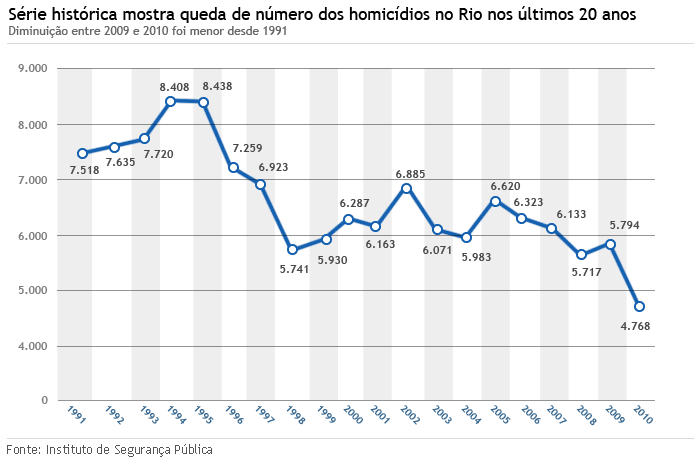"The great urbanist Jane Jacobs was correct about so much in cities, but she got housing prices wrong. She noted that old housing was cheaper than new housing, and so she thought that restricting new development could keep prices down. That’s not how supply and demand works. Abundant supply is the only way to reduce prices in really high-demand areas."
Update (via Mankiw's blog):
